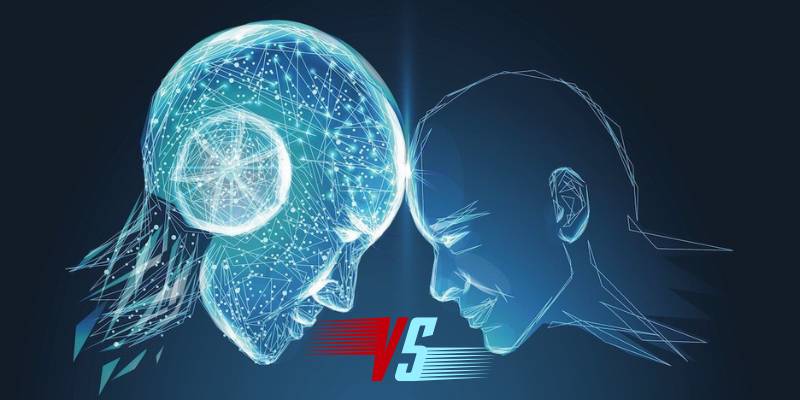It’s the kind of revelation that makes you stop mid-scroll. A new investigation has found that hundreds of AI safety and effectiveness tests – the very benchmarks companies use to prove their systems are “safe” – are riddled with critical flaws.
In a sweeping study by researchers from Oxford, Stanford, and the AI Security Institute, over 440 benchmarks were analyzed, revealing that most lacked statistical rigor or even clear definitions of what “safe” means.
The report explains how these faulty tests have been used to justify the deployment of advanced AI models that, in truth, may not be as harmless as advertised – a point made sharply clear in a recent deep-dive into the findings.
To put it bluntly, many of the metrics that Big Tech proudly waves around – “alignment,” “robustness,” “ethical response rate” – might not actually measure anything useful.
The study’s authors found that only about 16 percent of the tests relied on sound statistical methods, while the rest leaned on vague categories or cherry-picked datasets.
Even more worrying, some AI systems that passed these benchmarks went on to demonstrate dangerous or biased behavior later in the wild.
It reminds me of how automakers once bragged about passing crash tests – until someone realized those tests were designed under ideal lab conditions.
According to new analysis by Omni’s tech desk, these AI tests may suffer from that same false sense of security: they look precise on paper but crumble under real-world pressure.
This all lands at an awkward time for the industry. Global regulators are racing to define safety standards while AI labs keep releasing larger, more autonomous models.
Yet, as researchers pointed out, the benchmarks most frequently cited by AI developers often conflate capability with safety – meaning a system that’s just more competent can appear “safer” by default.
That illusion, experts warn, could prove dangerous. A few months ago, a separate inquiry into corporate AI governance found that many labs were “utterly unprepared” for the risks posed by increasingly human-level systems, highlighting how limited oversight is when everyone’s rushing to scale.
That warning, published earlier this year in an investigative report on emerging AI risks, now reads like eerie foreshadowing.
If you zoom out, this isn’t just about technical benchmarks – it’s about trust. When AI companies assure us that their models have passed safety testing, most of us assume those tests mean something.
But if the tests themselves are broken, what are we really trusting? It’s a bit like letting a student grade their own exam.
Worse, as AI becomes embedded in medicine, education, finance, and defense, the consequences of these blind spots multiply.
Several cybersecurity researchers have already demonstrated how “safety-tuned” chatbots can be manipulated into breaking their own rules through clever prompts – a recurring weakness seen in recent experiments that exposed how major AI models failed jailbreak and injection attacks.
Personally, I find this both unsurprising and unsettling. We’ve been here before – the hype outpacing the audit, the marketing louder than the methodology.
The difference now is that AI systems aren’t confined to labs anymore; they’re in classrooms, courtrooms, hospitals, and national defense networks.
My take? We need to stop treating “benchmark performance” as gospel and start demanding transparency about how these tests are built, what they actually measure, and who validates them.
Because if the brakes on this runaway train are as shaky as they sound, then calling for more speed isn’t innovation – it’s negligence.


